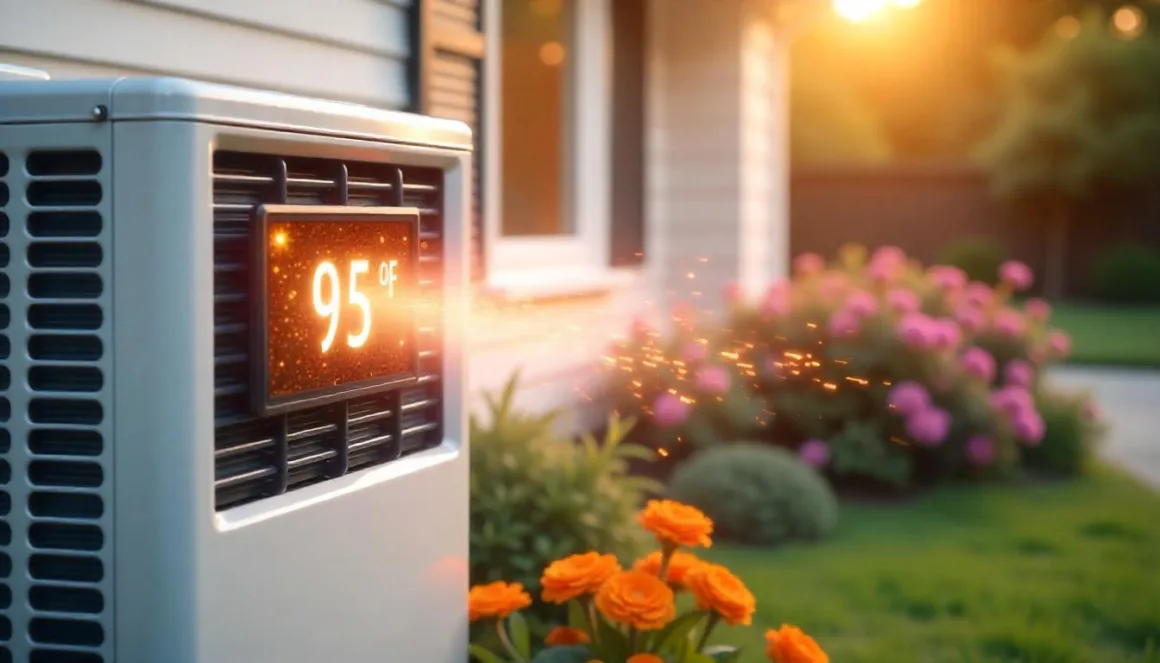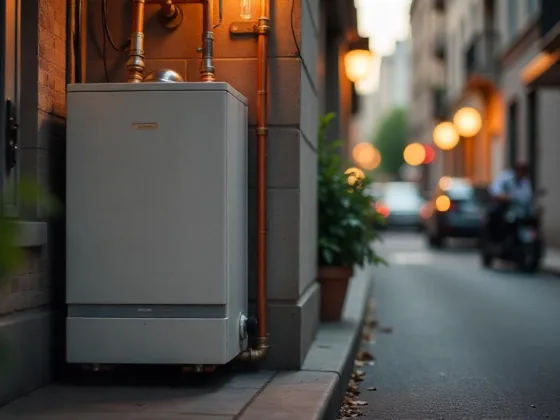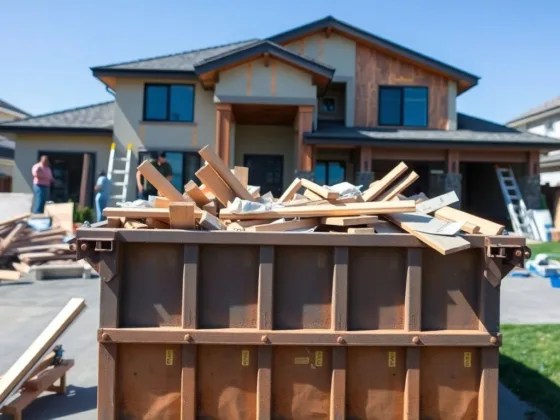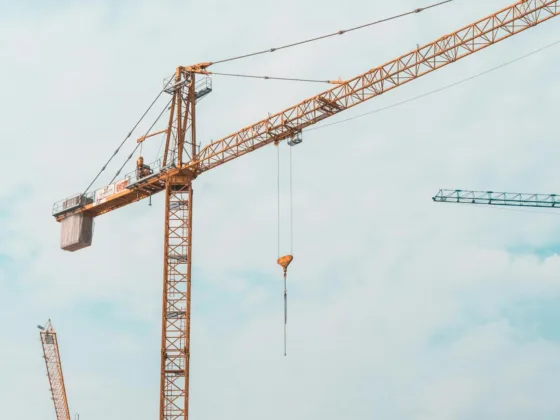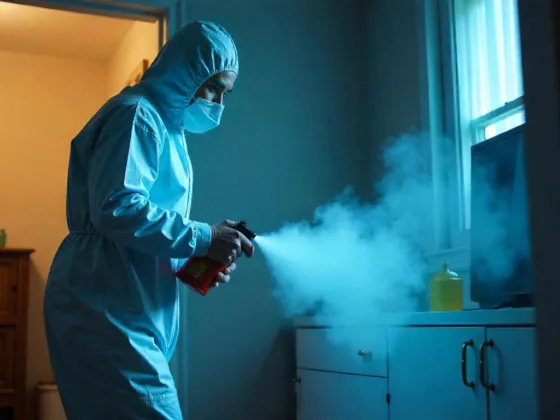Table of Contents Show
Your HVAC system is supposed to cool you down, not make you wonder if you accidentally turned on the heat. So when your AC starts blowing warm or even hot air, it’s frustrating and confusing.
Sometimes the fix is simple, like a thermostat setting or a clogged filter. Other times, it’s a sign of deeper issues with your system’s refrigerant, power supply, or compressor. Either way, figuring out the cause early can save you from sweating—and from a major repair bill.
When It’s Normal for an AC to Blow Warm Air
Only for a short time, and only under specific conditions. For example, right after your AC kicks on, warm air might blow briefly because the system hasn’t had time to cycle cold refrigerant through the coils yet.
If your system just turned on after being idle, it might push warm air for 30–60 seconds. That’s like turning on your garden hose and getting hot water that’s been sitting in the sun.
Another thing is auto-mode confusion. Some thermostats in “Auto” mode might flip to heating if indoor temperatures dip at night. You’ll feel warm air even though it’s technically doing its job.
But if your vents continue blowing warm air after 2–3 minutes, that’s a red flag. Persistent warm airflow could signal anything from a minor fix (like a thermostat setting) to a serious mechanical issue (like a failing compressor or refrigerant leak).
Also Read: Causes of a Heater Blowing Cold Air
Check Your Thermostat First: Common AC Setting Mistakes
This might sound obvious, but thermostat settings can sabotage your comfort in sneaky ways. Beyond just checking that it’s set to “Cool,” confirm that it’s not on “Fan” mode, which circulates air without cooling it.
The temperature isn’t set higher than the room’s current temp. Someone hasn’t accidentally changed it (especially if you have kids or a smart thermostat that’s part of a wider automation system). Also, if your thermostat uses batteries, weak ones can cause communication errors with your HVAC system, so pop in a fresh pair if you’re unsure.
Power Supply Problems That Can Cause Your AC to Blow Hot Air
One of the easiest things to check before you call a technician is the power supply. Your indoor air handler and outdoor condenser unit often run on separate circuits. If the outdoor unit’s breaker trips, your indoor fan will still blow air, just not cooled air, because the condenser isn’t doing its job.
If a capacitor or contactor is fried, the breaker might not trip, but the compressor still won’t start. So, just checking the panel isn’t enough — you have to check whether both parts of the system are alive.
Don’t just reset the breaker without asking why it tripped. If it keeps flipping, that’s a deeper electrical issue worth addressing ASAP to avoid damaging your system or risking a fire hazard.
Low Refrigerant Levels: A Key Reason Your AC Isn’t Cooling
Low refrigerant doesn’t just mean “less cooling” — it means the cooling cycle is fundamentally broken. Think of refrigerant as the bloodstream of your AC system: without enough of it, your system can’t absorb and release heat properly.
Warm air from vents, ice on refrigerant lines, and hissing sounds from the unit are all possible signs of a leak. And no, refrigerant doesn’t just “run out” like gas in a car. If it’s low, there’s a leak — and it needs to be professionally sealed before refilling.
A leak is doing more than stealing your cool air. It’s also shortening compressor life — the #1 most expensive AC part, causing ice buildup that blocks airflow, and messing with pressure levels, which makes the system inefficient and stressed.
Dirty Air Filters and Airflow Issues That Lead to Warm Air
When airflow is restricted by a clogged filter, your system struggles to move enough air over the evaporator coils to cool them down. This can cause the coils to freeze up, making things worse by blocking airflow even more.
If your AC is blowing warm air, pull the filter and hold it up to the light. Can’t see light through it? Replace it. A $10 filter swap could save you hundreds in service calls.
Blocked or Dirty Condenser Unit? Here’s How It Affects Cooling
Your outdoor condenser needs to “breathe.” Its job is to release heat pulled from your home, but if it’s covered in leaves, cottonwood fluff, or gunk, that heat gets trapped. The system can overheat, shut down, or blow warm air inside. Pollen season wraps coils in a yellow blanket. Dog pee corrodes the base of the unit (no joke).
Nearby dryer vents puff hot, lint-filled air right onto the condenser. Your outdoor unit needs airflow to “exhale” the heat it pulled from inside. If it’s blocked, it’s like trying to cool down while wearing a ski mask in July.
Do a visual check: if you can’t see the metal fins or they’re packed with debris, you’ve likely found the culprit. Keep a 2–3 foot radius clear around the unit, and hose it down gently from the inside out (not with a pressure washer — that can bend the fins).
Is Your AC Compressor Failing? Signs of a Serious Cooling Problem
If the compressor — the “engine” of your AC — isn’t running, your system can’t cool the refrigerant, period. This is often a last-stop diagnosis when other simpler issues are ruled out.
Compressor failure symptoms are the fan on the outdoor unit runs, but there’s no cooling inside; you hear buzzing or humming from the outdoor unit but no startup; the system trips the breaker when trying to start; it takes longer and longer to reach your set temp; your energy bills spike without any real comfort boost.
This is not a DIY fix. Compressor failure can be expensive, and in older units, replacement might be more cost-effective than repair.

Duct Leaks and Airflow Problems That Pull in Warm Air
Duct leaks are a common reason, especially in older homes or homes with flex ductwork in the attic or crawl space. If ducts are disconnected, poorly sealed, or torn, they can suck in hot attic air or vent your cool air into the walls.
This is often an invisible problem with big consequences, and its signs are uneven temperatures in different rooms; whistling or rattling sounds from vents; high utility bills with poor cooling; dusty or musty air whenever the system runs.
An HVAC contractor can do a pressure test or thermal imaging scan to check for leaks — it’s a worthwhile investment if your cooling feels inefficient.
When to Call an HVAC Technician for an AC Blowing Hot Air
You’ve tried the basic checks (thermostat, filter, breaker) and the issue persists. Your system is making new or weird noises. The air coming from vents is warm, even though the system runs nonstop. You see ice on refrigerant lines or water pooling around the unit. There’s a burning smell, or the breaker keeps tripping.
FAQs
Low refrigerant levels are one of the top reasons. If your system leaks refrigerant, it can’t properly absorb heat, so the air won’t cool. Other causes include dirty air filters, frozen evaporator coils, or a broken compressor.
Refrigerant pulls heat out of your indoor air. When it leaks, there’s not enough to absorb heat. This causes freezing on the coils and stops cooling. You’ll likely need a professional to find and fix the leak and recharge your system.
Yes. A clogged filter restricts airflow, making it hard for the system to exchange heat. This can cause the evaporator coil to freeze, and the air to feel warm when it’s blowing out.
The compressor pumps refrigerant through the system. If it’s failing or broken, the refrigerant won’t circulate properly, and the air won’t cool down. Compressor problems usually require professional repair or replacement.
Sometimes. If the thermostat is accidentally set to “heat” or a higher temperature than the room, the AC won’t cool properly. Double-check the settings before assuming there’s a mechanical issue.
Definitely. Frozen coils block heat absorption and reduce airflow. This usually happens because of low refrigerant or dirty filters. When the ice melts, the cooling may temporarily return.
Yes. Faulty capacitors, tripped breakers, or wiring issues can prevent the compressor or fan motors from running properly. This stops the cooling cycle, resulting in warm air.
A dirty or blocked condenser coil can’t release heat efficiently. This overheats the system and reduces cooling power, making your AC blow warm air.
Changing filters every 1-3 months is recommended, depending on use and the environment. Dirty filters can cause airflow problems that lead to warm air output.
If basic steps don’t help, it’s time to call a technician. They can check refrigerant levels, inspect electrical components, and test the compressor for faults.
Running an AC that’s blowing hot air can cause more damage and waste power. Turn it off and get it checked before trying to use it again.
Low refrigerant, a clogged cabin air filter, or a faulty compressor often cause this. It’s similar to home units, but the compact system means small issues can stop cooling.
Costs vary widely. A refrigerant recharge might cost a couple of hundred dollars, but replacing a compressor can be much more. Getting a professional diagnosis is the best first step.
Yes. Blocked or closed vents can reduce airflow and cause the evaporator coil to freeze or the system to heat up inefficiently, leading to warm air blowing out.
Regular maintenance helps — change filters often, keep coils clean, check refrigerant levels yearly, and schedule professional inspections before hot seasons. Keeping your system clean and well-tuned avoids most problems.
Watch for weak airflow, unusual sounds, icy buildup on coils, or the system running continuously without cooling. These signs usually mean it’s time for service.
